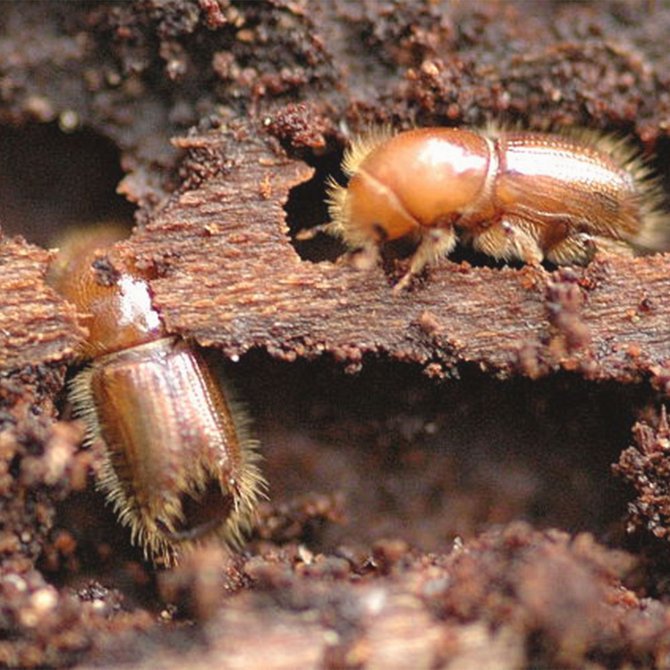Working towards a better understanding of
FOREST ENTOMOLOGY & PROTECTION

Evolutionary ecology of insects – from gene to ecosystem
Our research group in the Faculty of Environment and Natural Resources at the University of Freiburg is working towards a better understanding of the ecology and evolution of forest insects to maintain the ecological and economical services of our forests. More specifically, we try to get a holistic insight of how other micro- and macroorganisms, such as microbial symbionts or natural enemies, influence the interactions between herbivorous insects and their plant hosts. To this end, we apply methods from evolutionary biology, ecology, entomology, microbiology, and a wide range of state-of-the-art techniques from histology, molecular and chemical ecology.
We are internationally known for our almost unique ability to rear bark and ambrosia beetles in artificial media in the laboratory. Combined with our own experimental forest, greenhouses and flying cages this enables us to study these insects at different scales from gene to ecological context.
















